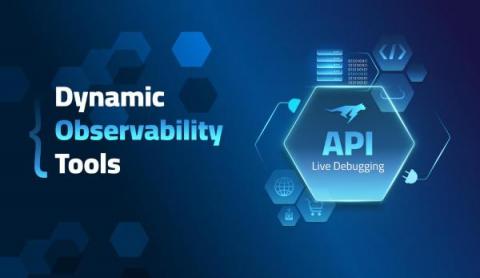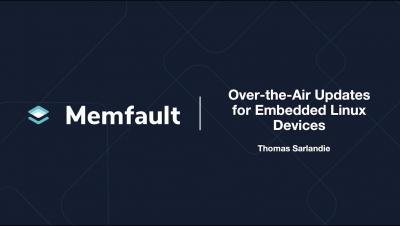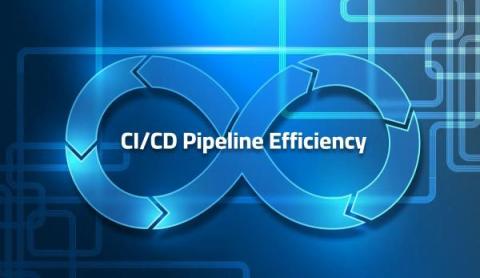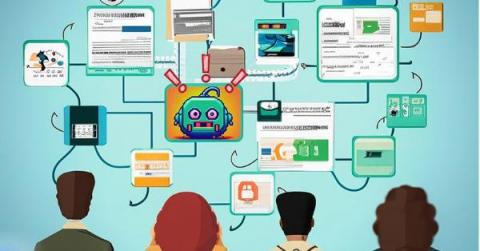Emulating a Raspberry Pi in QEMU
The Raspberry Pi, a compact single-board computer, is widely used for DIY projects to industrial applications. These devices ship with a customized Linux distribution that differs from standard Linux, adding a layer of complexity for developers trying to troubleshoot application problems and dependencies.






